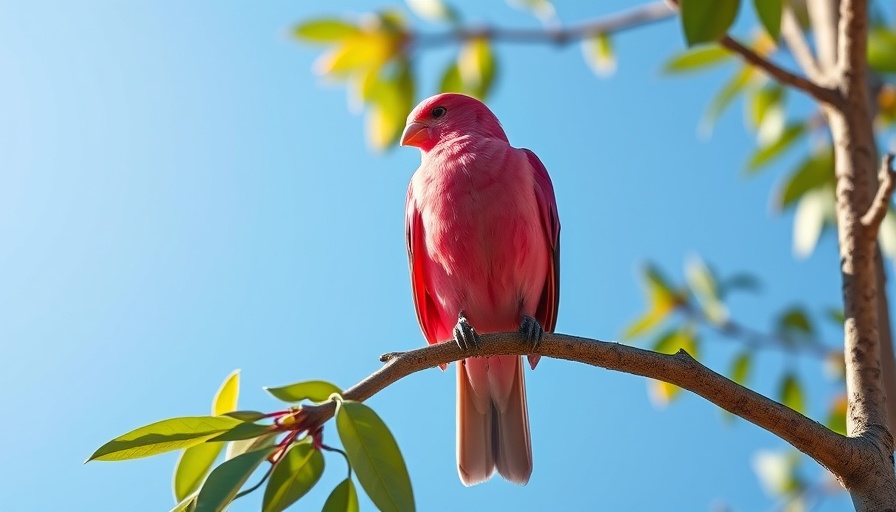
Understanding Avocado Toxicity in Birds
Avocados are a common, nutritious part of many human diets, but when it comes to our avian friends, the answer is quite different. The fruit contains a toxin known as persin, which can cause serious harm or even death in birds. Unlike humans who can consume avocados without risk, birds lack the metabolic pathways to process persin safely, leading to severe health issues.
Which Parts of the Avocado Are Dangerous?
Every part of the avocado tree poses a risk to birds, including the leaves, stems, and even the seeds. Pets that ingest any part of the avocado or come into contact with droppings from birds that have eaten avocados may still be affected. To ensure the safety of pet birds or those in your yard, it’s crucial to monitor their environments carefully.
Signs and Symptoms of Avocado Poisoning
Symptoms of avocado poisoning in birds can manifest quickly. Bird owners should be vigilant for signs including vomiting, diarrhea, respiratory distress, or lethargy. In severe cases, ingestion can lead to myocardial necrosis, a potentially fatal condition where the heart muscle deteriorates. If you suspect your bird has consumed avocado, seeking immediate veterinary care is essential.
Safe Food Alternatives
For pet owners, it’s imperative to replace high-risk foods like avocados with safer alternatives. Fruits such as apples, pears, and bananas offer nutritious options without the toxic risks. Birds thrive on a varied diet that includes seeds, nuts, and vegetables, which can sustain their health and wellbeing.
Conclusion: Keeping Our Birds Safe
In summary, avocado toxicity is a serious concern for bird owners and enthusiasts. While some species can tolerate small amounts, the risks far outweigh the benefits for most birds. If you are ever in doubt regarding your bird’s diet, consulting with an avian veterinarian can provide tailored guidance for ensuring their health.
 Add Row
Add Row  Add
Add 




Write A Comment